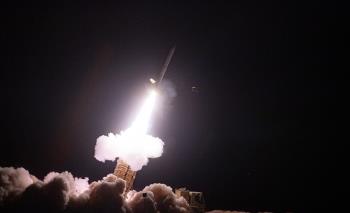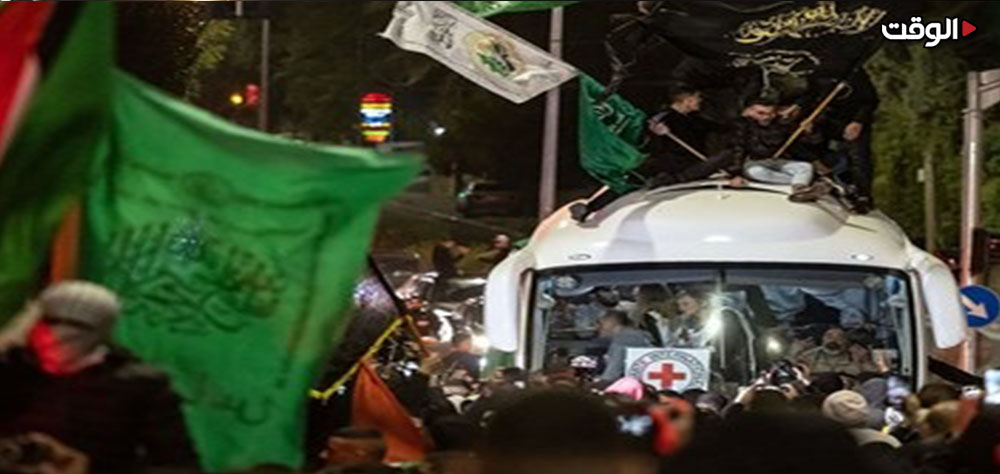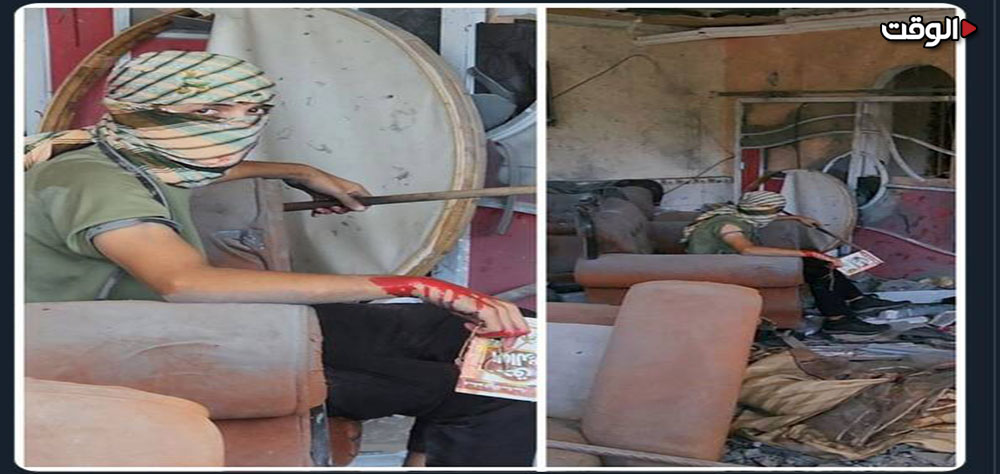Alwaght- There are a variety of analyses about the US' strategy for dealing with the radical Islamist groups such as al-Qaeda and ISIS. This analysis seeks evaluation of Washington's strategy in the face of ISIS based on the theory of “constructive chaos”.
The constructive chaos or “creative chaos” is a strategy through which the US infiltrates the countries that are in stark contrast to its goals and interests. Washington generates creative chaos using a set of instruments like media propaganda as well as domestic and foreign operatives in a bid to obtain its objectives in other countries.
The constructive chaos was raised in the time of President George W. Bush by the former Secretary of State Condoleezza Rice to guide the US to implement the Greater Middle East plan. In fact, the creative chaos is a set of guidelines of Washington’s goals, policies, and strategies in the West Asia (Middle East). The theory was actually a good evidence to prove that there was a military-based road map for the West Asia that is designed by Britain, the US, and the Israeli regime.
Being for long time under designing and planning, the plot included creating a crescent of instability, chaos, and insecurity starting from Lebanon, Palestine, Syria, and ending in Iraq, Iran, and Afghanistan borders, affecting exactly the region that is dubbed Shiite crescent or Axis of Resistance, containing majorly Shiite countries that act independently and thus in conflict with the US policy.
The theory even was pursued after the US forces left Iraq following its invasion in 2003, and some regional countries like Saudi Arabia have taken a proxy role in its implementation. Not so long after the US forces left Iraq, Washington’s very dangerous policy was implemented in Syria. In next step, the extremist groups like ISIS, al-Nusra Front, Ahrar ash-Sham, Jaysh al-Islam, and many others made their way into the Syrian territory only to add to complexity of the brewing Syrian crisis.
Without doubt, the extremist Takfiri groups such as ISIS are fruit of evil bonds between the US and some of the players in West Asia region like Saudi Arabia, Qatar, and Jordan. In fact, having a unidimensional look at the ISIS terrorist group and arguing that this terror organization is an ideological phenomenon that is a product of internal factors like economic depravity, incompetent government, and expansion of sectarian sentiments is an inaccurate and unscientific analysis. Precisely, the support of the US and its allies in the region has caused the terrorist group to gain political and security aspects and every now and then fuel the crisis circle in West Asia region.
About the ISIS' objectives, the Russian Iran expert Igor Pankratenko believes that this terrorist group was created for two very significant purposes of the US military: first, for partitioning Iraq into three parts, and second for dealing Syria a heavy blow and overthrowing the Syrian President Bashar al-Assad under the cover of fight against the newly-rising terrorist groups. All in all, the US purposes behind manipulation of ISIS include deepening the gaps between the regional countries and in next step changing the political differences to ideological differences in a bid to curb Iran and its regional allies and so create chaos in the Axis of Resistance countries for the final aim of serving the Israeli interests which are security, stability, and defocusing global public opinion from Tel Aviv.
Meanwhile, some pushes like growing fears over endangering the American interests in Iraq, jeopardizing the US interests in West Asia, and show gestures to mislead the public option at home and globally have motivated shift in Washington’s approach to ISIS terrorist group. When ISIS was active only in Syria, it presented no direct threats to the US interests, rather, it was working in line with the US' aim which is fighting the government of President Assad. So, Washington backed it and even went so far to join anti-Assad ISIS plans when it threatened to strike Damascus. But when the terrorist group beheaded the American journalists, eyed occupation of the whole of Iraq, and crossed the borders from Syria to Erbil, the capital of Iraq's Kurdistan, the US' interests went under direct jeopardy, pushing Washington to rush to see ways to confront the terrorists.
In fact, what moved the US to battle against the ISIS was a loophole in the creative chaos mechanism that earlier was serving the American and Israeli interests. The rules of game changed when the terrorist group launched assault on Kurdistan region. This was a flaw in the implementation of the constructive chaos plan.
In fact, expansion of the ISIS-held territories laid bare the fact that the constructive chaos theory could slip out of control and even work against its planners. The US-led anti-ISIS international military coalition was formed to address this weak spot. This coalition has the capability to push ISIS out of Iraq and bring Syria back top on agenda of Washington and its regional allies.
Meanwhile, although arrangement of the US-led anti-ISIS coalition may mislead us into thinking that Washington and the allied countries are seeking uprooting the terrorist group across West Asia, it appears that the double standards and conflicting approaches of the US and its Western-Arab allied front in dealing with terrorism and takfiri groups in the region cannot help with extirpation of terrorism, and most importantly ISIS, in the region.
With regard to the above-mentioned issues, we can note that the US confrontation with ISIS moves within platform of constructive chaos theory. If the constructive chaos runs counter to being useful for the US interests and destroys them, the Americans will take down its elements. Let’s have an example for this US approach: when the al-Qaeda in the 1980s was organized as mujahideen force fighting the occupying Soviet forces in Afghanistan, the West led by Washington supported them, but when the terrorist organization moved against its supporters, it was promoted as global symbol of terrorism.
Finally, the point is that ISIS is divided in good ISIS and bad ISIS in the eyes of the West and particularly the US. It is of much avails for Washington in Syria but it is not in Iraq. In other words, if ISIS poses a threat to Iran’s sway in the region and to Tehran and its regional allies' security, it is necessary to exist but if its excess and advances make troubles for Western-Arab allies, they will rise to contain its dangers.



























